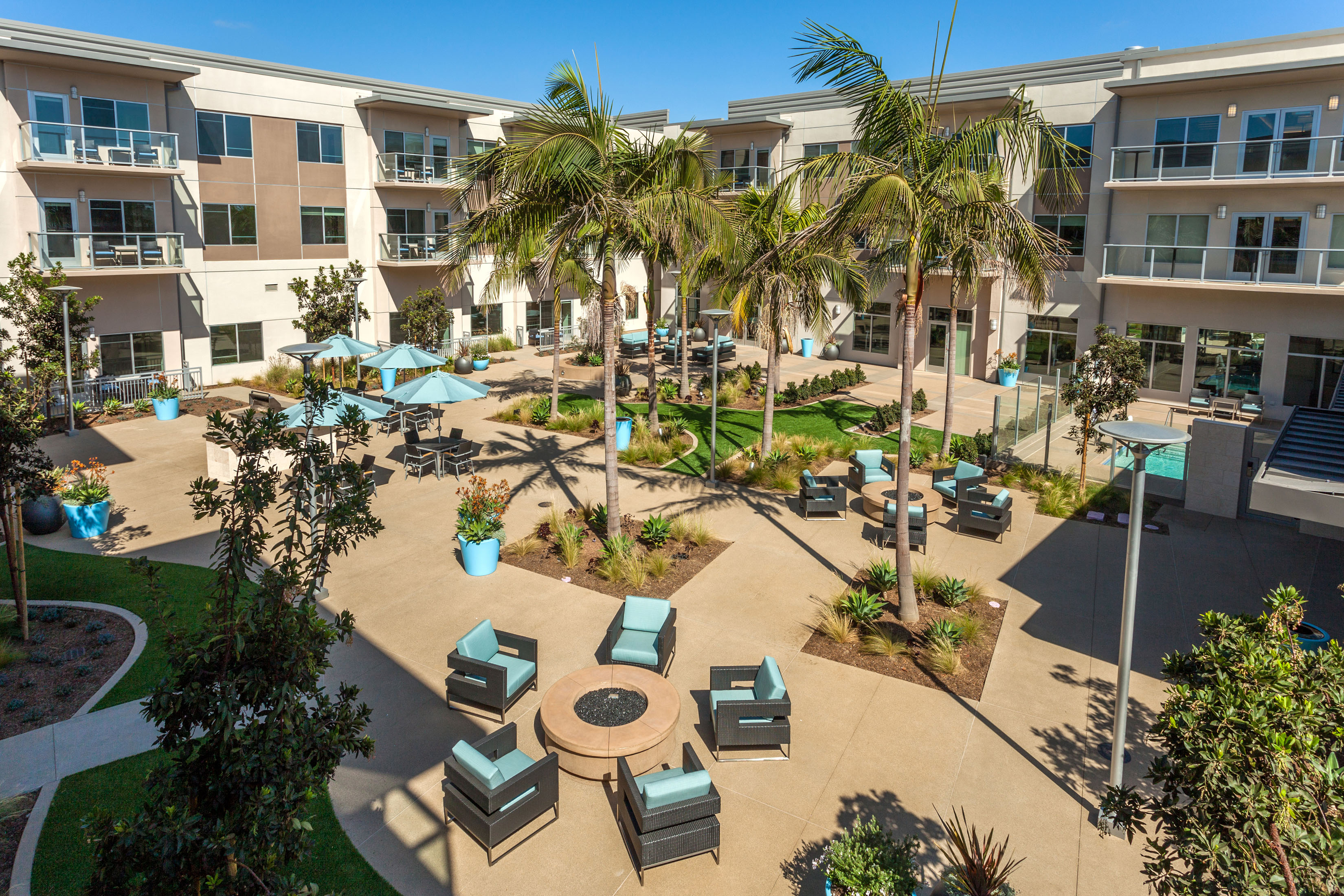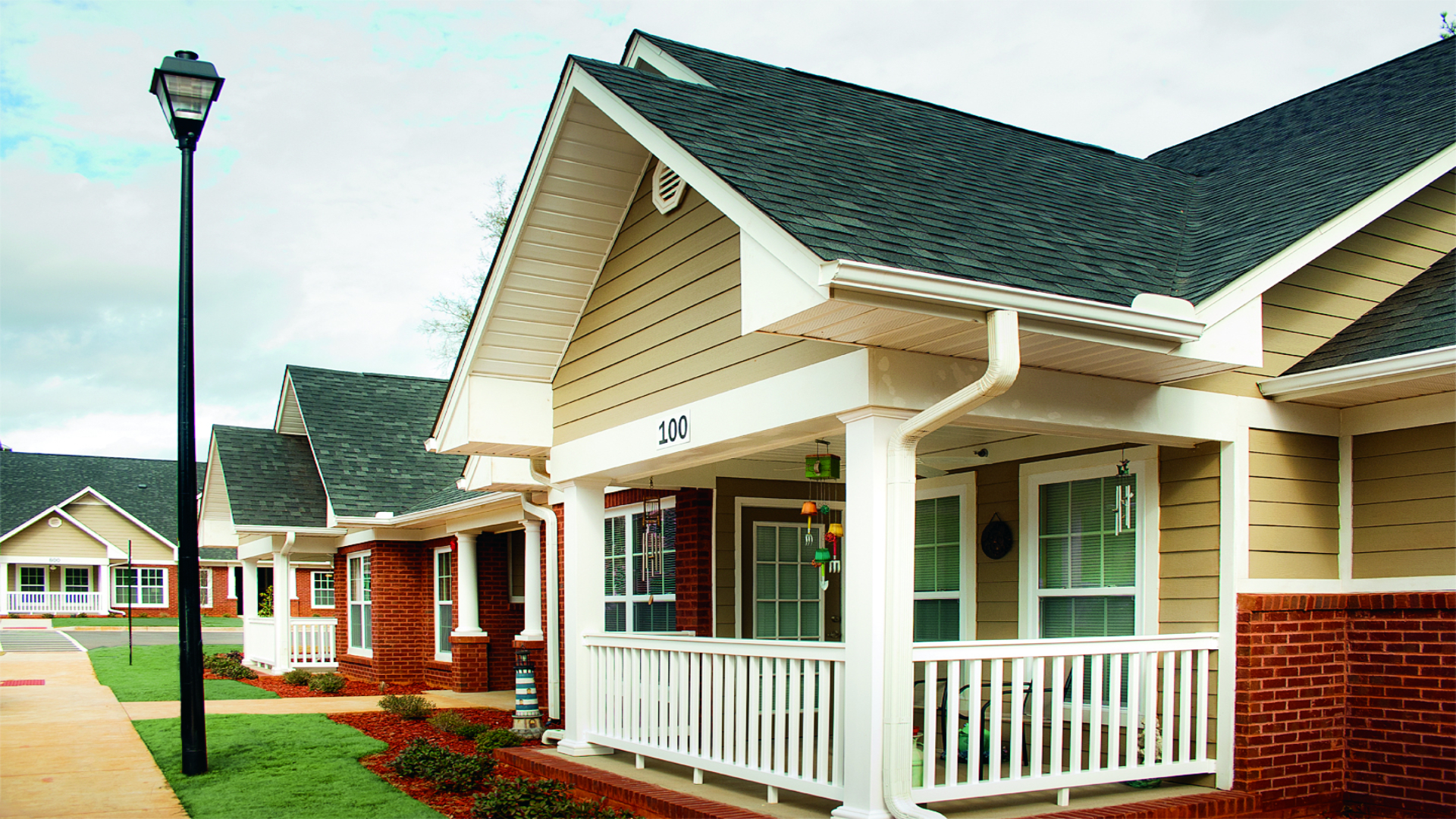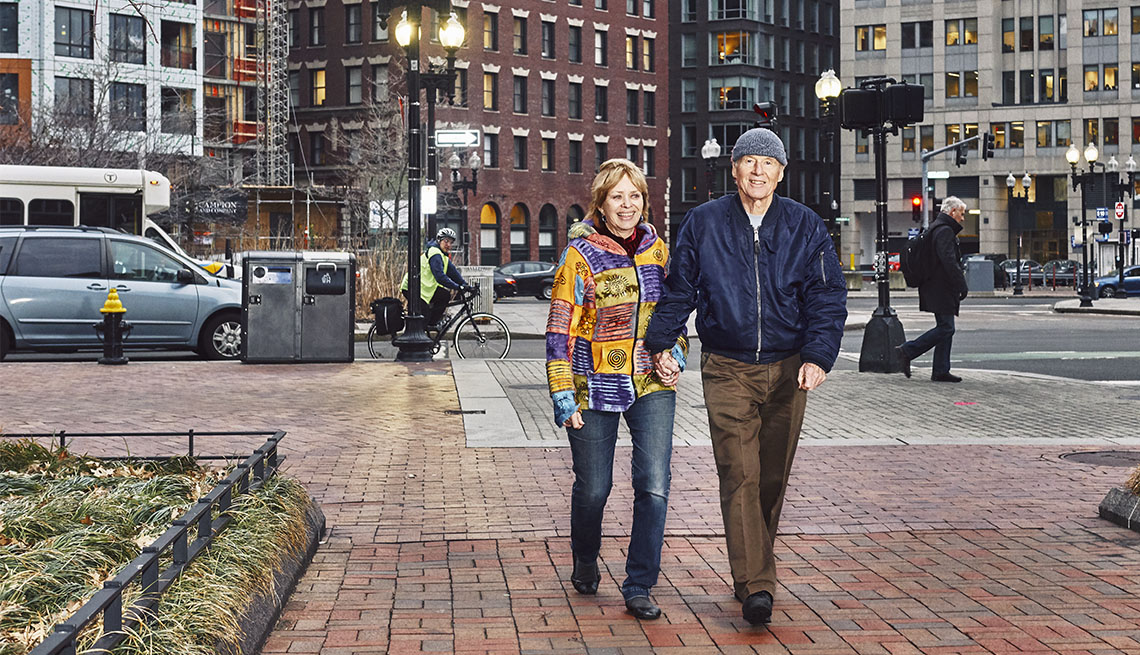
Manage FF&E specification, procurement, and product data at scale. Take on bigger projects with confidence and grow your firm with Fohlio. Schedule a demo or book a consultation with one of our account managers to explore these features today.
Retirement is not what is used to be. In fact, aging citizens are increasingly looking at this time of their lives as a “third act” instead of a twilight. It’s this attitude that is shaping today’s retirement homes and creating more real estate investment opportunities than ever.
But if you build the senior home, will they come? Here are five arguments to the affirmative.
1 – The senior population is increasing, and medical facilities are unable to keep up.
It’s estimated that in 2025, there could be 65.2 million people in the US aged 65 and above. According to the National Center for Health Statistics, patients in this age bracket visit doctors more than any other age group: 90 visits per 100 people, versus 70 per 100 in the next closest age group, under-15-year-olds.
The good news is that there’s no shortage of medical professionals: Over the next two years, it’s estimated that over 150,000 healthcare practitioners will be added to the economy.
The bad news? There’s not nearly enough space to practice. While new forms of healthcare, such as telemedicine, shared service centers, and digital health can help alleviate some of the demand, it can be a while before the healthcare industry fully adapts.

A simple solution is to have dedicated healthcare providers in retirement homes. Having a doctor (or two, depending on population size) exclusive to residents provides many benefits:
-
- The proximity saves on travel costs and cuts down on response time.
-
- It gives residents a feeling of security.
-
- It provides your facility with prestige.
-
- It ensures cohesiveness within the healthcare team and between healthcare and other senior home staff.
-
- You’ll have healthcare staff that are familiar with the facility and residents’ specific needs.
- Residents can avoid overuse of emergency services and hospitalizations as the result of a lack of medical staff.
Read: State of Commercial Real Estate 2018: Threats and Opportunities
2 – Downsizing is still the best, most financially sound option for seniors.
There’s a surprising new trend of senior homeowners choosing to buy bigger houses for retirement, for a number of reasons: They want family members to move in, more space for out-of-town visitors, or separate home offices for the couple who no longer have their corporate offices.
However, these are high net-worth individuals (it was a Merrill Lynch survey, after all), and the reality is different for the vast majority.
Incomes are significantly lower in retirement compared to when people were working, which means there’s a need to lower expenses to match.

Retirement homes are the perfect solution. Raising children and working meant that you had to live in close proximity to schools, playgrounds, and the workplace. You needed a lot of space, as well. All these necessities were added expenses. Now that they are no longer needed, retirees can choose to live smaller spaces that aren’t quite so close to the hustle and bustle — and these are the properties that typically cost less
Read: Controlling Building Costs for a Single Family Home: The Design Perspective
3 – Most residents of retirement homes are financially stable.
While the fact that they’re no longer working means seniors have limited income, that income is typically steady. Senior home residents are generally middle income or upper middle income. Some residents may even keep working part-time, especially if you’re considering building a continuing care community (as opposed to a nursing home).
Besides, baby boomers, those born between 1946 and 1964, “are the largest and wealthiest generation ever to retire.”
In more extreme cases, Medicaid can step in. And while they pay less compensation than what residents do out-of-pocket, Medicaid does pay for certain long-term care cost for people who have “exhausted their assets and meet strict income criteria.” Again, the percentage of retirees who rely on Medicaid is lower in continuing care homes compared to nursing homes or assisted-living homes.
People are also living longer than ever before, which makes senior living facilities a great way to “age in place” and live out a fulfilling “third act.”
4 – Locations for retirement homes are more flexible now.
There’s a reason that a lot of retirement homes are located outside of cities: It’s more quiet, there’s less traffic, and the real estate is cheaper.
These days, if you have property right in the city that you’re thinking of converting into a senior home, your chances of success have never looked better.
Again, the fact that the current generation of retirees are boomers helps. More of them are able to afford more expensive areas. realtor.com‘s chief economist, Jonathan Smoke, explains the appeal. “If you can afford to live in Manhattan, it’s a great place to be older. You’re not shovelling snow. You can walk or get transportation to any doctor or service you need. And you have a friendly doorman that pays attention to you and acts as an additional caretaker.”

Urban locations, of course, have been harder to develop into retirement homes: High-density neighborhoods make it difficult to have services and food brought in. There are also the additional expenses associated with living in the city.
Still, many seniors, and even empty nesters, want to move back into the urban areas they had to abandon when they were raising families.
Read: How to Build the Single Family Home Everyone Wants to Buy
5 – Having a specific — but populous — target market makes retirement homes easier to sell.
Since most senior homes require residents to be 55 or older, that automatically narrows down your audience. They’ll have more specific and a narrower range of needs than, say, young families. This makes creating a marketing strategy much easier.
And again, the fact that the baby boomer generation is so large can only be a bonus: While being able to charge above-market fees for retirement homes is rare, most can afford it and they typically have steady income.
Besides all of the reasons we’ve mentioned, “Demographic trends suggest that the outlook for retirement communities is bright,” according to Investopedia, which does help make financing easier.
Watch out for the next installments of this four-part series! In our next post, we’ll talk about how to develop a scope you can afford and deciding on the best delivery method for building a retirement home. Sign up for our newsletter to make sure you get Part 2 right in your inbox! –>
Manage FF&E specification, procurement, and product data at scale. Take on bigger projects with confidence and grow your firm with Fohlio. Schedule a demo or book a consultation with one of our account managers to explore these features today.
Cover image: Fortune.com
Sources:
Realtor.com
Huffington Post
Now it Counts
Building Design and Construction
Transwestern
The New York Times
New York Post
The Balance Small Business
Building Design and Construction
Also published on Medium.
Expore Fohlio
Learn how to:
- Save days of work with faster specification
- Create firm-wide design standards
- Automate and centralize procurement
- Keep your whole team on the same Page
- Manage product data
- Track budget against cost in real time.
- Prepare for asset valuation
Published Dec 4, 2018

